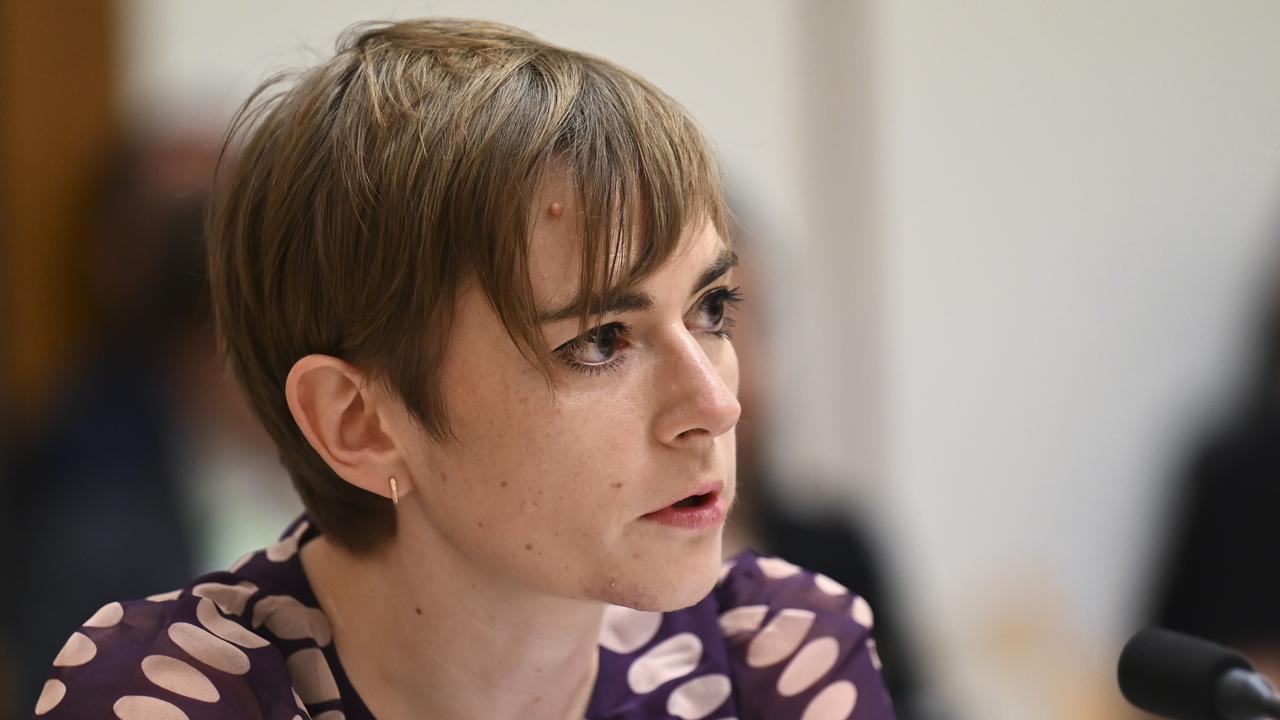There is “still strength” in the price pressures across the Australian economy, the Reserve Bank’s chief economist Sarah Hunter has cautioned, after hotter-than-expected inflation figures prompted traders to slash their rate cut bets until the end of 2025.
Annual headline inflation accelerated to 3.6 per cent in the 12 months to April, the Australian Bureau of Statistics said on Wednesday, leading economists to warn that progress on reducing sticky price pressures had ground to a halt.
Indeed, while consumer price growth has eased substantially since its peak of 8.4 per cent in late 2022, headway has stalled since December with headline inflation holding at roughly 3.5 per cent.
Meanwhile, trimmed mean inflation – the RBA’s preferred measure of underlying price growth – has similarly been unchanged at around 4 per cent.
After Wednesday’s figures overshot expectations, investors up-ended their rate cut bets, pushing out an expected easing of monetary policy until November 2025.
Speaking at the Australasian Investor Relations Association’s annual conference in Sydney on Thursday, Dr Hunter said the RBA was “absolutely focused” on headline inflation, which was still above the central bank’s 2 to 3 per cent target band.
“Yesterday’s data did confirm that there’s still strength in a number of categories that we’ve seen up until this point that’s still there,” Dr Hunter said, adding that “more volatile moves” for some prices, including petrol, were compounding Australia’s inflation challenge.
“Clearly there’s still some strength in inflation and that’s a key consideration for the board in their decision-making.”
RBA set to jettison inflation forecasts
Despite conjecture over the inflationary impact of a host of federal and state government rebates and subsidies, Dr Hunter said the RBA would likely revise its headline inflation forecasts to more closely align with Treasury to reflect these spending decisions.
“We agree with Treasury’s analysis of what’s going to happen to measured headline inflation as a result of those rebates,” she said
“We’ve done our work and we fully agree with that assessment.”
Forecasts released by the RBA the week before the May budget predicted inflation would hold higher for longer, however, Treasury’s forecasts contained in the May budget predicted that inflation could return to target by year’s end.
From July 1, every Australian household will receive a $300 off their power bill over 12 months, reducing measured headline inflation by 0.5 percentage points, according to Treasury estimates.
The RBA’s next set of staff forecasts will be released at its August monetary policy decision.
Economists have previously warned that the mooted cost of living relief could undermine the RBA’s inflation fighting efforts as the savings generated from the measures could fuel spending elsewhere, entrenching price pressures.
Dr Hunter also spoke of the “puzzle” posed by unit labour costs – the gap between wages and productivity growth – which also posed a risk to inflation even as growth in pay packets eased.
“We can see some components of wages growth coming off already, particularly individual agreements,” Dr Hunter said.
“But equally, we are seeing that there’s a bit of a productivity challenge over the last few years.”
While labour productivity has recently risen, largely due to a rise in hours worked, it still remains below its peak achieved during the coronavirus pandemic when less productive sectors of the economy, like hospitality, were forced to temporarily shutter due to lockdowns.
The RBA will hold its next monetary policy meeting on 17-18 June, where the central bank is widely expected to keep the cash rate on hold at 4.35 per cent.
